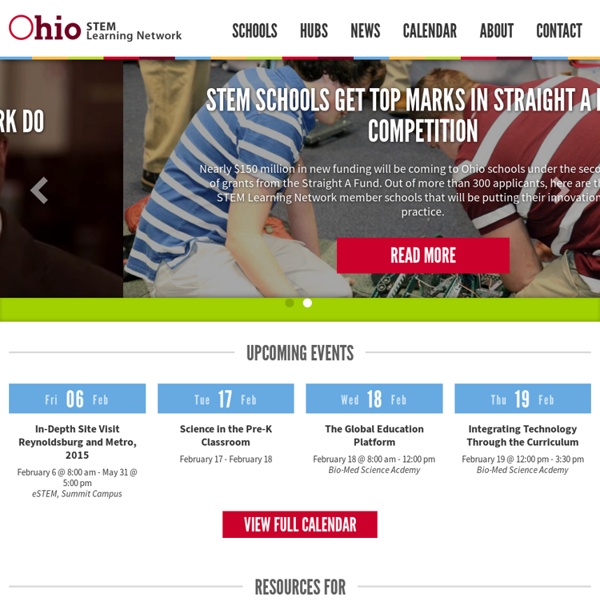



Outdoor and Environmental Education - Defining Terms, Objectives and Purposes, Instructional Methods, History and Status in the United States and Abroad Outdoor education and environmental education are separate but closely related areas of study within the field of education. They share some common content and processes, although they are distinctive in other important ways. Various interpretations have appeared in the literature, but their original purposes have changed very little since their inceptions. This article will define the terms and show their relation to each other and to other related educational movements, describe their objectives and purposes, outline their commonly used instructional methods, briefly trace their historical development in the United States and abroad, discuss their status in American school curricula, and suggest several key issues, controversies, and trends. Defining Terms The term outdoor education emerged in the early 1940s to describe the instructional use of natural and built areas to meet student learning objectives in a variety of subject-matter disciplines through direct experiences. Summary
Pacific Education Institute — Home NH Field Investigation Models Using Field Investigations to Model Scientific Inquiry State and national science standards emphasize the importance of inquiry and problem-solving for today’s students. Field investigations offer rich opportunities for students to practice inquiry in engaging and authentic ways. Key steps in field investigations mirror the inquiry process. Beyond Data Collection Just as New Hampshire is gifted with abundant natural resources, so too do we benefit from plentiful scientific field investigations. Data collectedPrincipal investigators and primary contactsStudy begin and end datesResearch questionHow the data answers the questionSubset of data in a spreadsheetData collection protocolExamples of data analysis, including graphsExamples of questions for data analysisDefinitions and additional resources Maximum and minimum air temperature data collected at Hubbard Brook Experimental Forest. Field Investigation Model HB Max Min Air Temp.pdf HB Max Min Air Temp Data.xls Useful Links